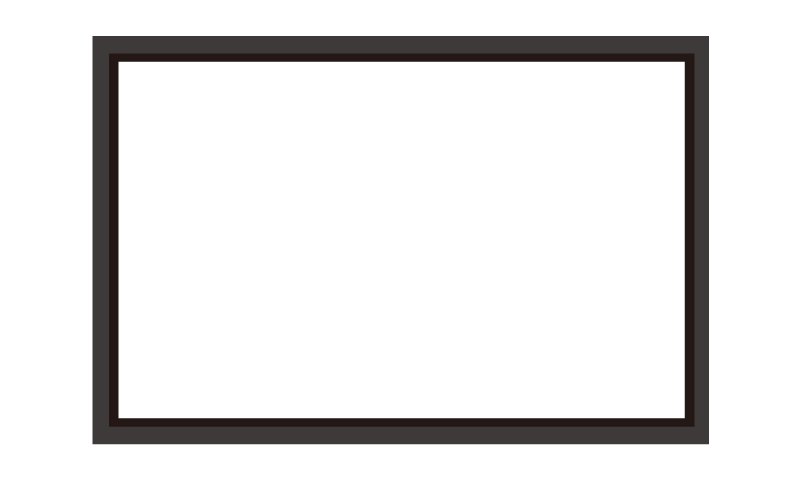
Once you’ve made the decision to either set up a dedicated gaming room or take your current bedroom or living room gaming setup to the next level with a 100+ inch screen gaming projector, there will be various things you will need to plan for to make sure that you choose the right projector as well as ensure that the entire project gets up and running without a hitch.
















